Underwater photography offers a unique window into the fascinating world beneath the sea, capturing moments that inspire and astonish. Yet, for many, mastering the art of photographing underwater remains a challenge. Whether you’re a budding enthusiast or a seasoned diver, this guide will walk you through the essential tips and techniques to elevate your underwater photography game. From choosing the right gear to perfecting your composition, we’ll explore everything you need to know to craft stunning underwater shots. Discover how to navigate the complexities of lighting, composition, and subject positioning, while learning how to work with the unique challenges of underwater environments. With expert advice and practical tips, this ultimate guide will empower you to unlock the full potential of your underwater photography.
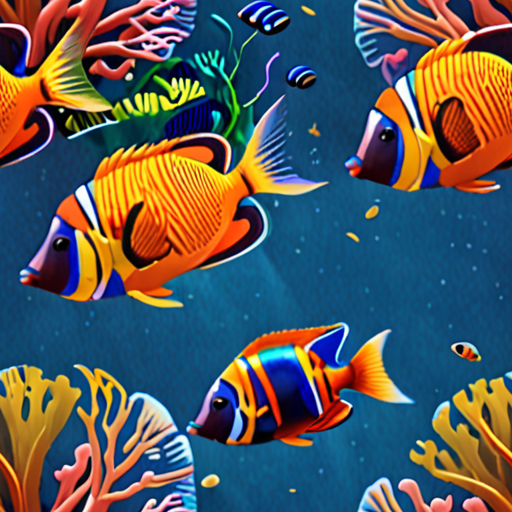
How to Take Good Pictures Underwater
Taking great underwater photos requires a combination of preparation, technique, and creativity. Here are some essential tips to help you capture stunning underwater shots:
- Understand Your Equipment
- Ensure your camera and housing are waterproof and fully functional in water.
- Become familiar with your lighting controls, especially for underwater photography.
- Check your memory cards and battery levels before diving.
- Plan Your Shots
- Research popular dive spots and their unique features.
- Consider the lighting conditions during different parts of the day.
- Compose your shot by arranging subjects in a balanced manner.
- Master Composition
- Use the rule of thirds to frame your subject effectively.
- Pay attention to background elements to avoid distractions.
- Experiment with perspective and angles to create dynamic images.
- Work with Light
- Take advantage of natural light filtering through water.
- Use external strobes to enhance colors and textures.
- Be cautious of shadows caused by sunlight penetration.
- Edit Your Photos
- Adjust white balance to true colors underwater.
- Correct for lens distortion and vignetting.
- Enhance colors and contrast for vibrant results.
By following these tips, you can elevate your underwater photography and capture memories that last a lifetime. Explore more resources and inspiration on our website to further enhance your skills.
How to Look Good in Underwater Photos
Looking good in underwater photos requires a combination of preparation, awareness, and a bit of creativity. Whether you’re diving for fun or capturing moments for a platform like Sailing Photo Awards, these tips will help you make the most of your underwater shots.
Key Tips for Looking Great in Underwater Photos
- Preparation is Key: Before diving, ensure you have the right gear. Proper maintenance of your scuba gear ensures reliability and comfort, allowing you to focus on the moment rather than technical issues. Check your buoyancy control and oxygen levels beforehand to stay comfortable and efficient underwater.
- Choose the Right Lighting:** Underwater lighting can be tricky, but natural light often works best. Look for areas with soft sunlight filtering through water, as these provide a serene and visually appealing environment. Avoid harsh shadows by positioning yourself and your subjects accordingly.
- Pose Confidently and Naturally: Just like in regular portraits, striking a natural pose is essential. Try to relax and let your personality shine through. A genuine smile or a relaxed expression tends to look more attractive and approachable in photos.
- Exaggerate Movements Thoughtfully: In underwater settings, slow movements can create dramatic effects. Exaggerate small gestures to draw attention to your subject, whether you’re swimming, gesturing, or interacting with your surroundings. This adds dynamism to your photos.
- Pay Attention to Reflections: The water surface can act as a mirror, reflecting light and creating interesting visual effects. Use these reflections to frame your shots or add depth to the scene. Experiment with different angles to capitalize on these elements.
- Avoid Common Mistakes: Stay aware of common pitfalls like backscatter from bubbles or unwanted objects in the frame. Adjust your position and timing to minimize these distractions. Practice patience and wait for the perfect moment to click the shutter.
By following these tips, you can capture stunning underwater photos that showcase your personality and the beauty of the underwater world. Remember, the best photos often come from moments of connection and joy, so enjoy the process as much as you enjoy the results.
For more inspiration and advanced techniques, explore the Sailing Photo Awards gallery and learn from the pros. Happy shooting!
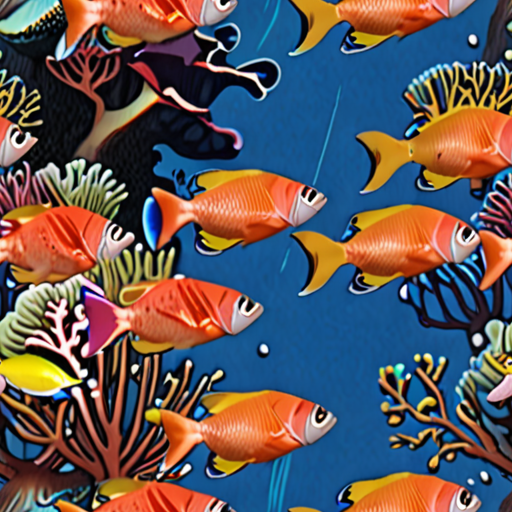
Best Settings for Underwater Photography
Underwater photography requires careful consideration of lighting, composition, and equipment setup to capture stunning imagery. Here are the optimal settings and techniques to achieve professional-quality results:
- Camera Settings:
- Manual Mode: Prioritize manual control to give you full command over exposure, aperture, and shutter speed.
- ISO Settings: Start with lower ISO values like ISO 100 or ISO 200 for clear, vibrant images. Higher ISOs may be necessary in low-light conditions but can introduce noise.
- Aperture Priority: Use apertures around f/8 to f/11 for sharp focus and sufficient depth of field, especially in macro photography.
- Shutter Speed: Adjust shutter speed dynamically based on lighting conditions. Slower speeds (e.g., 1/25 sec) can emphasize motion blur, while faster speeds (e.g., 1/250 sec) freeze action.
- Focus Points: Enable maximum focus points to ensure sharpness across the frame, especially when capturing intricate subjects.
- Matrix Metering: Utilize advanced metering modes to accurately read light conditions and adjust exposures accordingly.
- Lighting Techniques:
- Natural Light: Look for shaded areas under overhangs or rocks to minimize harsh sunlight and reduce reflections.
- Strobe Lighting: Use external flashes for controlled lighting effects, ensuring they are set to avoid harsh shadows and overexposure.
- Available Light: Experiment with ambient light sources like sunlight filtering through water for unique mood creation.
- Composition Tips:
- Macro vs. Wide-Angle: Choose macro for small, detailed subjects and wide-angle for vast underwater landscapes.
- Rule of Thirds: Apply this guideline to frame your subjects for balanced compositions.
- Avoid Reflections: Position yourself and your camera to minimize reflections off the water surface or subject.
- Unique Subjects: Seek out interesting marine life or patterns that convey movement and texture.
- Post-Processing:
- Adjust Histograms: Correct exposure and color balance using editing software like Adobe Lightroom or Capture One.
- Remove Distractions: Eliminate unwanted elements from the frame to enhance the subject’s prominence.
- Sharpen Images: Apply selective sharpening to bring out fine details without over-sharpening the entire image.
- Additional Resources:
- Sailing Photo Awards offers valuable tips and inspiration for underwater photography enthusiasts.
- Wetpixel provides in-depth reviews and guides for underwater photography gear and techniques.
- Dive Photo Pro shares professional tips and courses for improving your underwater photography skills.
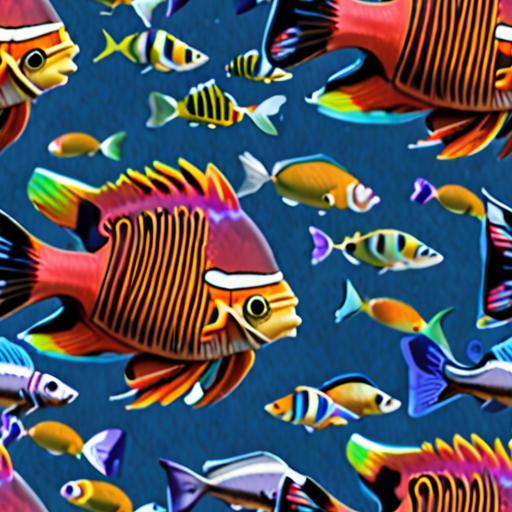
How to Pose for Underwater Photos
Posing effectively is crucial for capturing stunning underwater photographs. Whether you’re a professional or a hobbyist, mastering the right techniques can make a significant difference in your final shots. Here’s a guide to help you get started:
Facial Expressions
Keeping your facial expression natural and relaxed is key. Try to avoid tensing up your muscles, as this can create unwanted wrinkles and distort your features. Instead, focus on:
- Keeping your eyes open and looking directly at the camera or slightly away to capture the background.
- Maintaining a soft smile or keeping your mouth slightly open to avoid awkwardness.
- Relaxing your jawline to prevent creases and ensure a smooth transition between your face and surroundings.
Body Positioning
Your body placement plays a vital role in the overall composition of the photo. Consider the following tips:
- Align your body horizontally to maintain balance and symmetry in the frame.
- Engage your core to stay stable, especially if you’re in moving water.
- Extend your arms to avoid blocking the view, or position them naturally depending on the scene.
Breathing Techniques
Underwater breathing can be challenging, but with practice, you can master it. Remember to:
- Breathe slowly and evenly to avoid bubbles disrupting your shot.
- Exhale gently through your nose to minimize splashing.
- Stay calm and composed to maintain control over your movements.
Composition Tips
Think about the elements in your frame and how they work together. Pay attention to:
- The rule of thirds to create a balanced composition.
- Including leading lines or diagonals to draw the eye.
- Using light and shadows effectively to highlight textures and shapes.
Avoiding Reflections
Reflections on the surface of the water can ruin your shot. To minimize this:
- Position yourself at an angle away from direct sunlight.
- Use a reflector or diffuser to redirect light and reduce glare.
- Shoot during times when the sun isn’t too high in the sky to avoid harsh reflections.
Lighting and Shadows
Lighting is everything in underwater photography. Look for:
- Natural light filtering through the water for soft, diffused illumination.
- Shadows that add depth and dimension to your subjects.
- Golden hours (sunset or sunrise) for warm, inviting lighting.
By practicing these techniques and experimenting with different poses and compositions, you’ll soon master the art of posing for underwater photos. Remember to stay patient and confident, and let your personality shine through in each shot!
For more tips and inspiration, visit Sailing Photo Awards and explore their gallery of captivating underwater imagery.
Why is underwater photography challenging?
Underwater photography presents a unique set of challenges due to the harsh environment and technical limitations:1. **Equipment Vulnerability**: Electronic devices are highly sensitive to moisture. Cameras, lenses, and lighting equipment are prone to malfunction in wet environments, making them susceptible to water damage.2. **Light Absorption**: The water column absorbs light, particularly blue and green wavelengths, leading to color distortion. This can make it difficult to achieve accurate color reproduction.3. **Subject Movement**: Fish and marine life are often in constant motion, making it challenging to capture sharp and focused images.4. **Refractive Index Differences**: The transition between air and water causes light refraction, distorting the perception of depth and shape, which can affect composition and focus.5. **Buoyancy Issues**: Maintaining control over buoyancy while shooting underwater requires practice and can be physically taxing, limiting the duration of underwater sessions.6. **Visibility Challenges**: Visibility varies greatly depending on location, with some areas being too murky to find subjects or capture clear images.7. **Technical Limitations**: Underwater environments can affect autofocus and metering, requiring precise technique to achieve optimal results.8. **Depth Pressures**: Deeper dives involve higher pressures, necessitating specialized training and equipment to safely capture images.These factors collectively make underwater photography a demanding skill, requiring mastery of both technical and environmental considerations to achieve successful outcomes.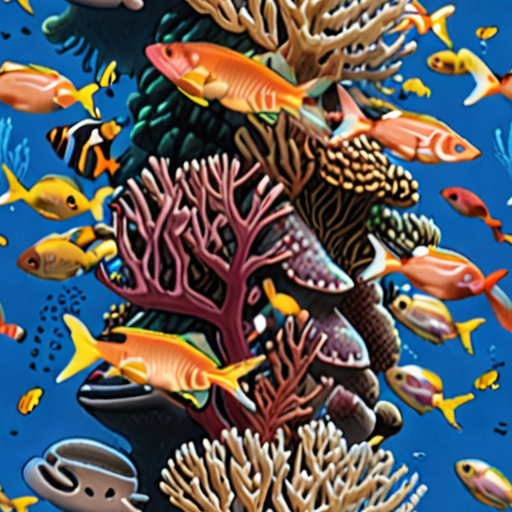
How to Pose Flatteringly in Pictures
Posing confidently and attractively in photos requires thought and awareness of your body language. Here are some expert tips to help you strike the perfect pose:
- Stand Tall and Straight:** Good posture reflects confidence and makes you appear more photogenic. Keep your spine aligned and shoulders back, engaged but relaxed.
- Engage Your Core:** A strong core adds stability and helps you maintain balance, which is essential for striking a great pose.
- Breathe Naturally:** Inhale deeply before the camera clicks to relax your muscles and avoid tension in your face or body.
- Find Your Best Angle:** Everyone has a unique face shape and features. Experiment with different angles—from straight-on to low-angle shots—to see what flatters you most.
- Exude Confidence:** Smiling genuinely and making eye contact with the camera can make you look more approachable and attractive.
- Use Proper Posture for Portraits:** For headshots, tilt your chin slightly upward and keep your gaze directed toward the camera.
- Relax Your Shoulders:** Tense shoulders can create an unflattering appearance. Let them drop naturally downward to appear more open and approachable.
- Consider Your Environment:** The background and setting can greatly impact your photo. Choose a clean, well-lit area that complements your outfit and personality.
By paying attention to these details, you can capture yourself in a way that highlights your best features and leaves a lasting impression.
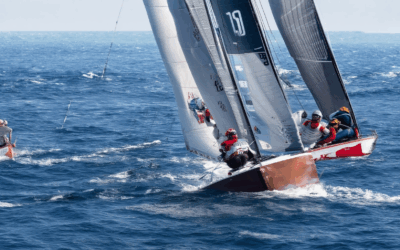
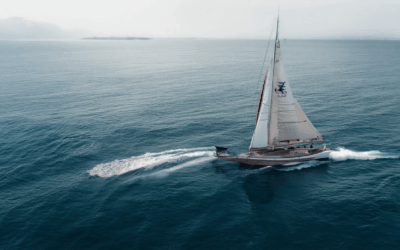

0 Comments